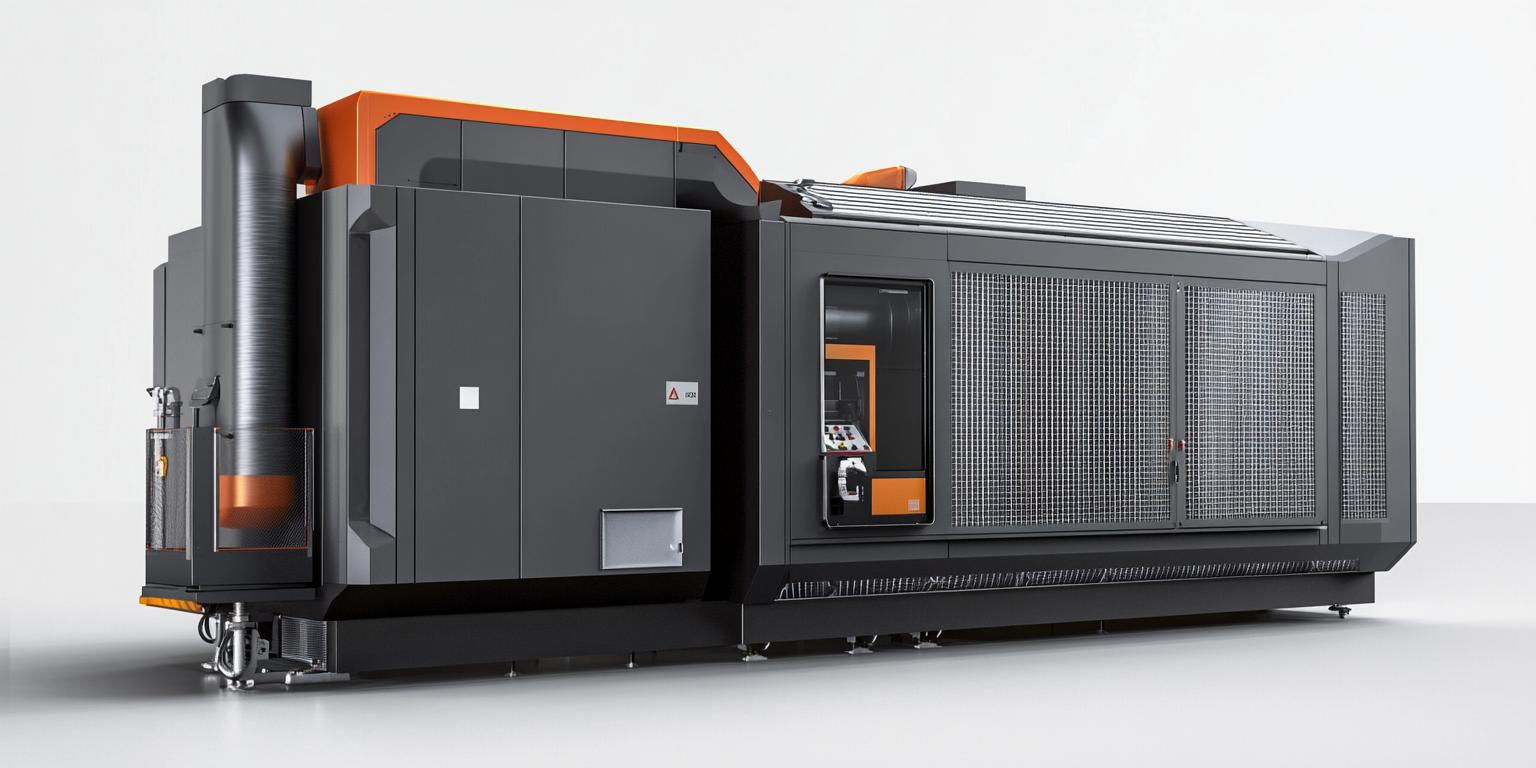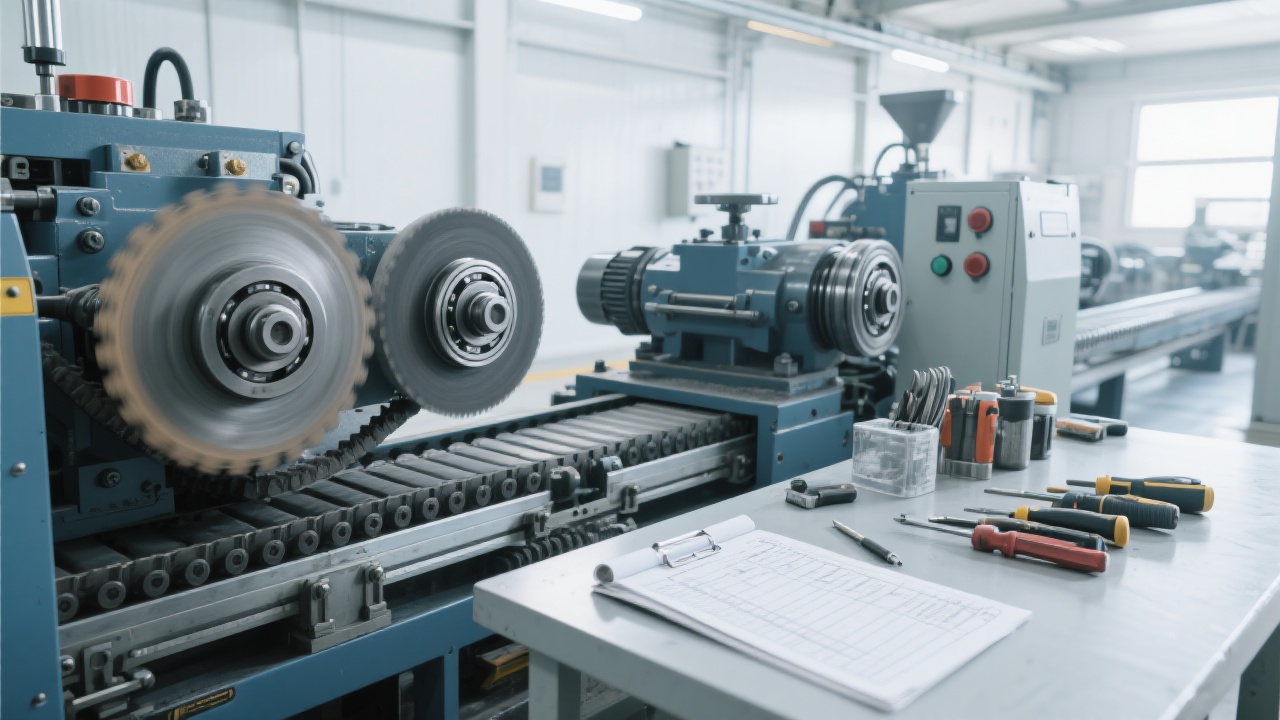
In the realm of new energy battery mold manufacturing, graphite machining stands as a critical process. However, it is fraught with numerous challenges that can impede the efficiency and quality of production. This article delves deep into the common issues faced during graphite machining in new energy battery mold manufacturing and presents comprehensive solutions, aiming to provide practical guidance for engineers in this field.
Graphite machining, especially in the context of new energy battery mold manufacturing, is a complex process. One of the most prominent problems is the issue of chipping and burrs during graphite milling. These problems can significantly reduce the surface quality of the machined parts, leading to a decrease in the overall product yield and consistency. Additionally, the high cutting heat generated during the machining process can cause thermal damage to the graphite material and the cutting tools, further exacerbating the problem of tool wear and reducing the service life of the tools.
Choosing the right tool is crucial for successful graphite machining. Polycrystalline Diamond (PCD) tools have proven to be highly effective in graphite milling. PCD tools offer excellent wear resistance and cutting performance, which can significantly reduce the occurrence of chipping and burrs. According to industry research, using PCD tools can increase the tool life by up to 50% compared to traditional carbide tools.

Proper setting of cutting parameters, such as cutting speed, feed rate, and depth of cut, is essential for optimizing the machining process. For example, a lower cutting speed and a higher feed rate can help reduce the cutting heat and improve the surface finish of the machined parts. Typical cutting parameters for graphite machining are as follows:
| Cutting Parameter | Value |
|---|---|
| Cutting Speed (m/min) | 100 - 300 |
| Feed Rate (mm/tooth) | 0.05 - 0.15 |
| Depth of Cut (mm) | 0.1 - 0.5 |
The wet flushing system plays a central role in graphite machining. It can effectively reduce the cutting heat and clean the graphite dust, which is essential for maintaining the cutting performance of the tools and the surface quality of the machined parts. By using a wet flushing system, the cutting heat can be reduced by up to 30%, and the graphite dust can be removed more efficiently, thus reducing the risk of tool wear and improving the working environment.

In addition to the above solutions, sharing typical process parameters and practical skills can also help engineers better understand and master the graphite machining process. For example, when using a wet flushing system, it is recommended to adjust the water pressure and flow rate according to the specific machining requirements. A water pressure of 2 - 5 bar and a flow rate of 10 - 20 L/min are usually suitable for most graphite machining applications.
To help engineers quickly identify and solve problems, a quick self - check list and mistake warnings are provided at the end of this article. The self - check list includes items such as tool condition, cutting parameter settings, and cooling system operation. Mistake warnings highlight common mistakes in graphite machining, such as using incorrect tool materials or improper cutting parameters, and provide corresponding solutions.

By implementing the solutions and tips provided in this article, engineers can significantly improve the efficiency and quality of graphite machining in new energy battery mold manufacturing. If you are looking for a reliable solution to enhance your graphite machining process, consider the fully - sealed wet flushing graphite machining center DC6060G. It can remarkably improve the machining stability and product yield. Click here to learn more about the DC6060G!

